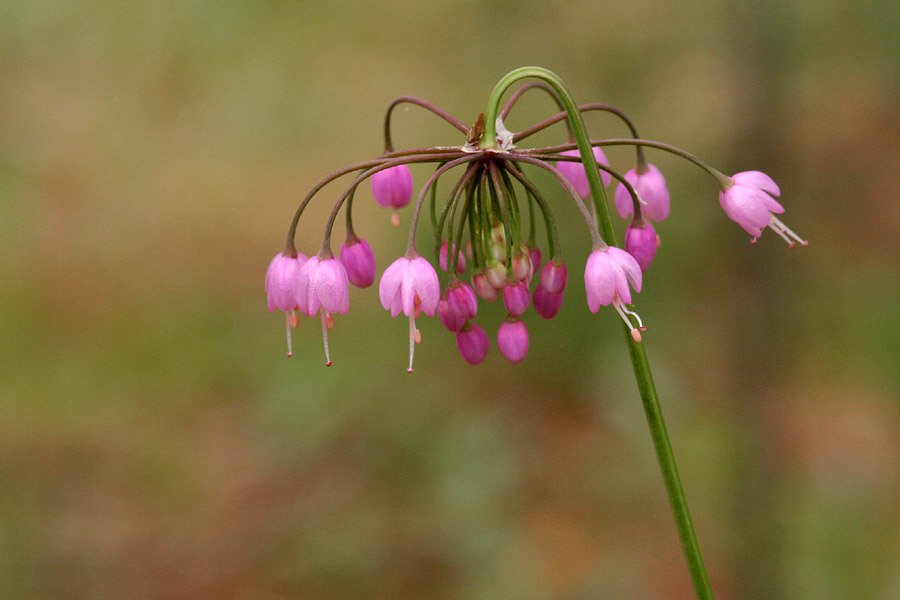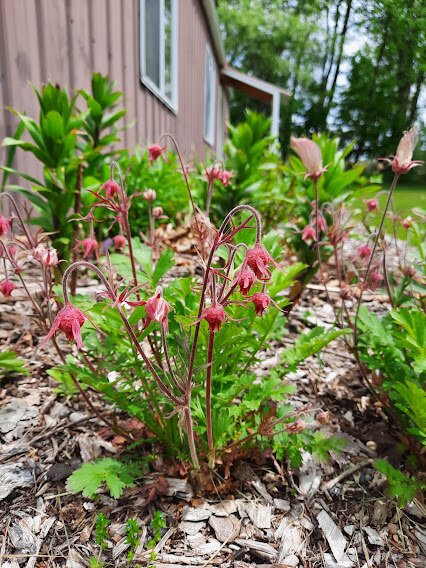Nodding Onion (Allium cernuum)
Nodding Onion is easy to grow and will gradually spread by seed and offshoots. The bees love it and it blooms a bit later, so it keeps those bees fed! The nectar and pollen of the nodding flowers attract primarily bees, including honeybees, bumblebees, Anthophorine bees, and Halictid bees (illinoiswildflower.info). Mammalian herbivores tend to avoid the Allium spp. in general because of the pungent smell/flavor when bruised.
Photo credit: Patrick Alexander
Nodding Onion is easy to grow and will gradually spread by seed and offshoots. The bees love it and it blooms a bit later, so it keeps those bees fed! The nectar and pollen of the nodding flowers attract primarily bees, including honeybees, bumblebees, Anthophorine bees, and Halictid bees (illinoiswildflower.info). Mammalian herbivores tend to avoid the Allium spp. in general because of the pungent smell/flavor when bruised.
Photo credit: Patrick Alexander
Nodding Onion is easy to grow and will gradually spread by seed and offshoots. The bees love it and it blooms a bit later, so it keeps those bees fed! The nectar and pollen of the nodding flowers attract primarily bees, including honeybees, bumblebees, Anthophorine bees, and Halictid bees (illinoiswildflower.info). Mammalian herbivores tend to avoid the Allium spp. in general because of the pungent smell/flavor when bruised.
Photo credit: Patrick Alexander
Life Cycle: Perennial
Sun Exposure: Full, Partial sun
Soil Moisture: Medium-wet, Medium-dry
Height: 18 inches
Plant Spacing: 4-8 inches
Bloom Time: July - August
Bloom Color: Purple
Advantages: Pollinator Favorite, Deer Resistant, Recommended, but can be very vigorous
Beneficial insects: Syrphid Flies
Complementary Plants: Butterfly Milkweed, Purple Prairie Clover, Hoary Vervain, Wild Petunia, Blue Grama






